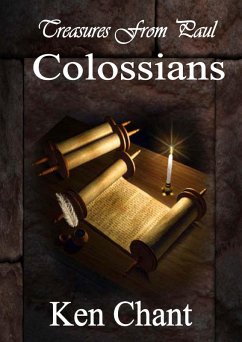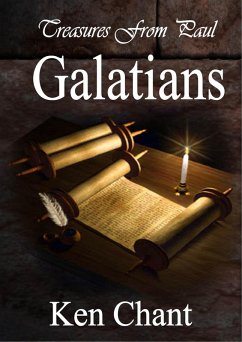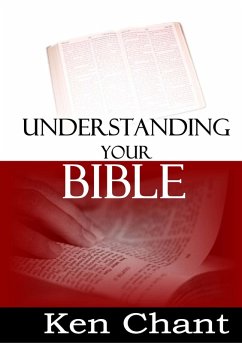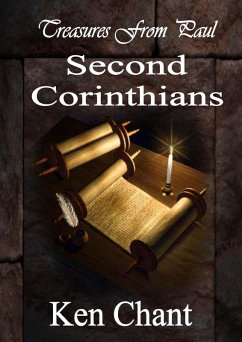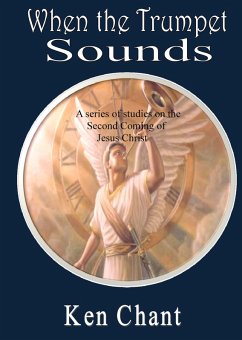
Treasures From Paul: Corinthians (eBook, ePUB)

PAYBACK Punkte
0 °P sammeln!
The city of Corinth in southern Greece was founded by Julius Caesar in 46 B.C. as a Roman colony, upon the ruins of an ancient town. Within 100 years it had grown to a great cosmopolitan seaport, and eventually attained a population of possibly 500,000 inhabitants, many thousands of whom were slaves. The location of Corinth on a narrow isthmus gave it both access to the sea from a port on either side, and a pleasant climate. It was a favourite site of the Roman emperors, who frequently endowed the city until it became the richest and finest in Greece. It was deemed the capital of southern Gree...
The city of Corinth in southern Greece was founded by Julius Caesar in 46 B.C. as a Roman colony, upon the ruins of an ancient town. Within 100 years it had grown to a great cosmopolitan seaport, and eventually attained a population of possibly 500,000 inhabitants, many thousands of whom were slaves. The location of Corinth on a narrow isthmus gave it both access to the sea from a port on either side, and a pleasant climate. It was a favourite site of the Roman emperors, who frequently endowed the city until it became the richest and finest in Greece. It was deemed the capital of southern Greece, although it was only 80km west of Athens. It was a major centre of travel and trade, and also of philosophy (1:18-31; 15:12). The Isthmian Games held in Corinth every two years rivalled the Olympic contests in splendour and importance. Paul's work at Corinth was mostly among the lower classes, with only a handful of disciples from the upper echelons of society (1 Co 1:26-31). His converts would have been mostly working class people, both slaves and freedmen, artisans, clerks, shop-keepers, dock hands, sailors, housewives, school teachers, and the like. The church in Corinth had its roots in the arrival of Priscilla and Aquila (Ac 18:2, c. 49 A.D.). Paul arrived about a year later, on his second missionary journey, and remained there 18 months (Ac 18:1-11, 18a). Our letter was written from Ephesus some 2¿ years later. In between, Paul wrote another letter, but no trace of it remains (1 Co 5:9). The occasion of the letter we are examining here was probably the arrival in Ephesus of visitors from the Corinthian church, who brought Paul both a report (1:11; 16:7) of conditions there and a letter (7:1) that contained a series of questions (1 Co 1:10-11; 16:15-17). Paul's reply therefore did not take the form of a doctrinal treatise (as in Romans or Ephesians), but is built around a set of practical and ethical instructions, and a response to the queries raised by the Corinthian delegates. It has often been remarked that Paul provides in this letter a more personal testimony of his relationship with Christ than occurs in any of his other writings - In no other letter does Paul give so full a picture of what Christ meant to him. It is clear that Jesus was a person who lived in history, for he had brothers (9:5), was a teacher (7:10; 9:14), suffered betrayal (11:23), died on a cross (1:18; 15:3), and was buried. Yet he was not simply an earthly figure. All things had come into existence through him (8:6); he had been the Rock from which the Israelites drank in the wilderness (10:4). We might assume that a pre-existent being would necessarily be eternal, but Paul does not take that for granted. God raised him from the dead (15:4), confirming him as Christ and Lord ... This Christ will soon come (1:7; 4:5), to complete the conquest of the God-opposing powers, for through him the new age of redemption has come. I hope that I have maintained the spirit of Paul's relationship with Christ in the pages that follow.
Dieser Download kann aus rechtlichen Gründen nur mit Rechnungsadresse in A, B, CY, CZ, D, DK, EW, E, FIN, F, GR, H, IRL, I, LT, L, LR, M, NL, PL, P, R, S, SLO, SK ausgeliefert werden.





